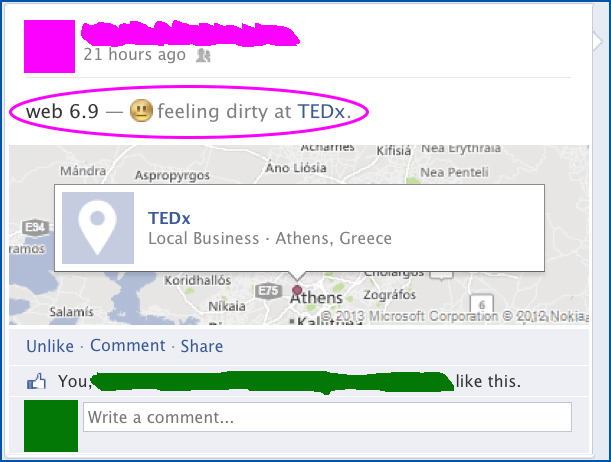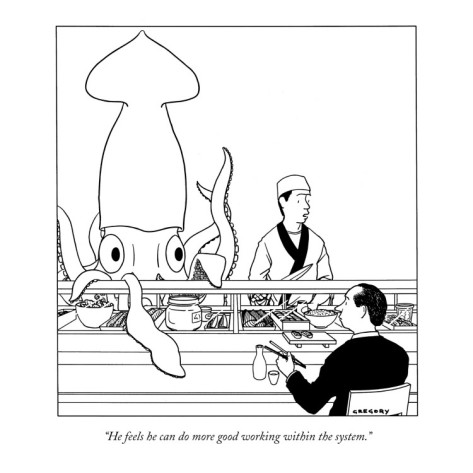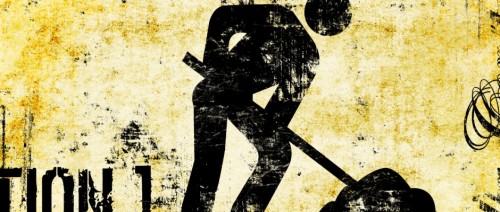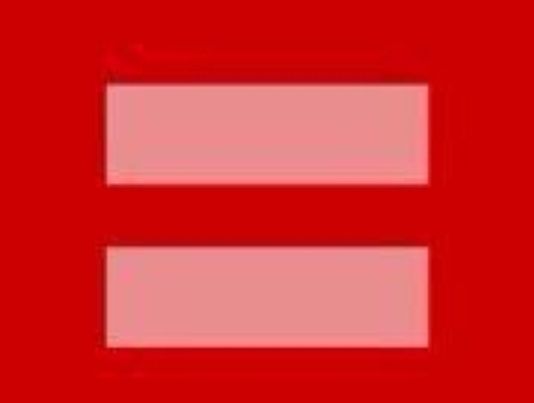If you haven’t yet noticed (you’ve probably noticed), Facebook likes to appropriate features from competing apps and platforms. You can credit the demise of the old “[Name] is…” status update prompt, for instance, to the rise of Twitter. You may also recognize the “share” feature on your friends’ status updates from Tumblr; the place check-ins from Foursquare; the friend “lists” from Google+; the photo albums from Flickr (or any other photo sharing site); the photo filters from Instagram (back before Facebook bought Instagram outright); the vanishing images of Poke (that’s a newer Facebook app, not the older Facebook feature) from Snapchat; the “Music” app from Myspace (new or old); or even the “Work and Education” profile field from LinkedIn. Yes, that’s right: voracious media amoeba that it is, Facebook has even engulfed some of LinkedIn. Icky.
Yet in its seeming quest to digest and regurgitate elements from every digital social technology ever, Facebook most recently appropriated features not from a competing platform or app, but from the pre-Web-2.0 ‘sharing’ stalwart LiveJournal[i]. Remember the “Current Mood” field, and the various “Mood Theme” icons you could use to answer when you weren’t feeling up to free response? If you don’t already, you’ll soon have something similar in a new field on your Facebook status update prompt. Go into that new field and select “feeling,” and you’ll get to answer “How are you feeling?” with one of roughly 200 preset emoji/emotion combinations like it’s 2001 all over again. Your profile will then show something like the image above.
There are some significant differences between LiveJournal’s “Current Mood” field and Facebook’s new “feeling” icons, however, and these differences get at the heart of why—potentially cute/annoying emoji notwithstanding—talking about your emotions with the new Facebook feature is very different from talking about your emotions on LiveJournal. more...








